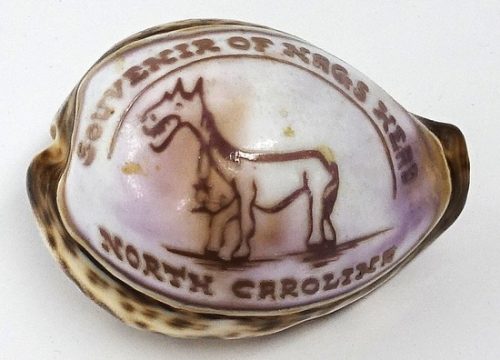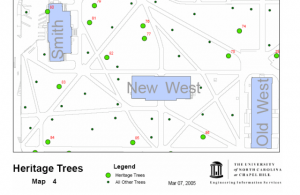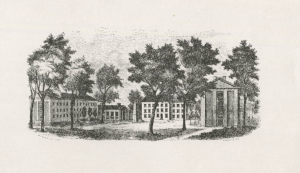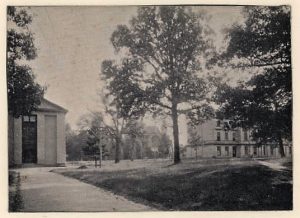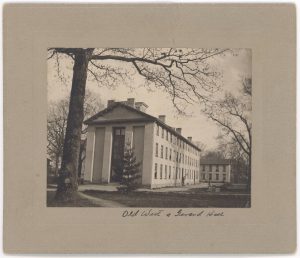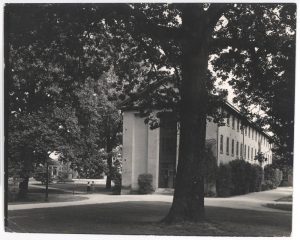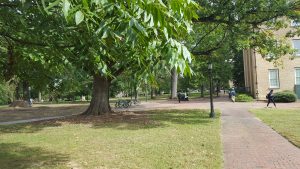Does the title sound a little familiar? That’s because it’s a parody of the famous novel by Robert Louis Stevenson, “The Strange Case of Dr. Jekyll and Mr. Hyde”. This court case, while not as famous as the title it refers to, is certainly just as intriguing.
In 1899, Mr. Martin Smith of Burke County was the key witness in a trial of embezzlement against Chris Detter. Mr. Smith had called on his friendly neighborhood witch doctor, Dr. Deilan (aka Detter), to assist with a troublesome witch problem. The witch doctor assessed the situation and concluded that Mr. Smith’s sister was bewitched along with the entire house.
The solution
- Burn down the house!
As the Smith family watched their home burn to the ground, the witch doctor stood by with a large stick to defeat the fleeing witches. Unfortunately, these rather clever witches escaped through the chimney and possessed the family’s hog.
- Strike the hog!
Mr. Smith once again did as the witch doctor ordered and struck his hog on the head to expel the witches from the hog. The first strike didn’t do the trick, so the witch doctor ordered a second which killed the poor, delicious looking hog. Luckily, the hog’s head and shoulders had not been touched by the witches. Mr. Smith slaughtered the hog and the witch doctor took the tainted/meatiest parts thus saving the Smith family from death by bewitched meat ingestion. The hog was gone but the witches remained.
- Move out of town!
Mr. Smith once more put his faith in the witch doctor to rid his family of these pesky witches once and for all. The only action left; buy a new house and leave town. The witch doctor found a suitable, witch-free house for the low price of $240. Of course, the doctor didn’t bother to tell the Smith’s that the real cost was only $165.
In the end, the Smiths were rid of their witches and Chris Detter (Dr. Deilan) was rid of his freedom.
“Strange Case of Dr. Deilan and Mr. Smith” The Asheville Daily Gazette (Asheville NC). April 11, 1899. p 3.




